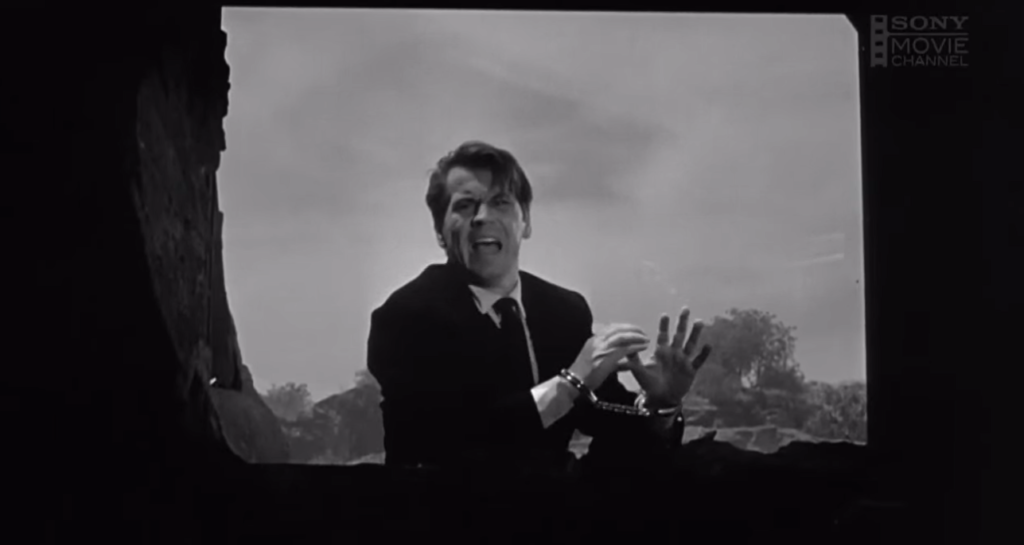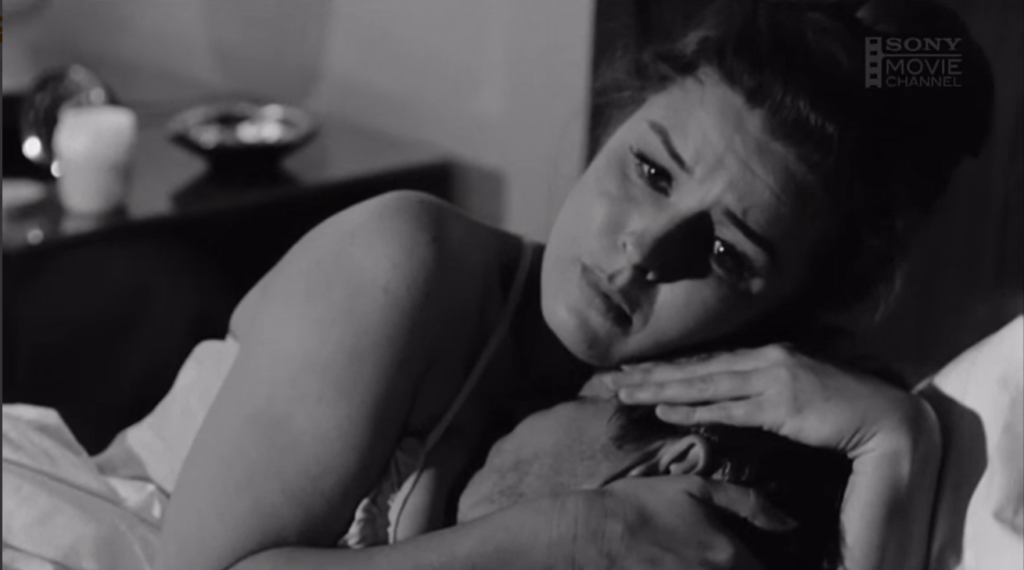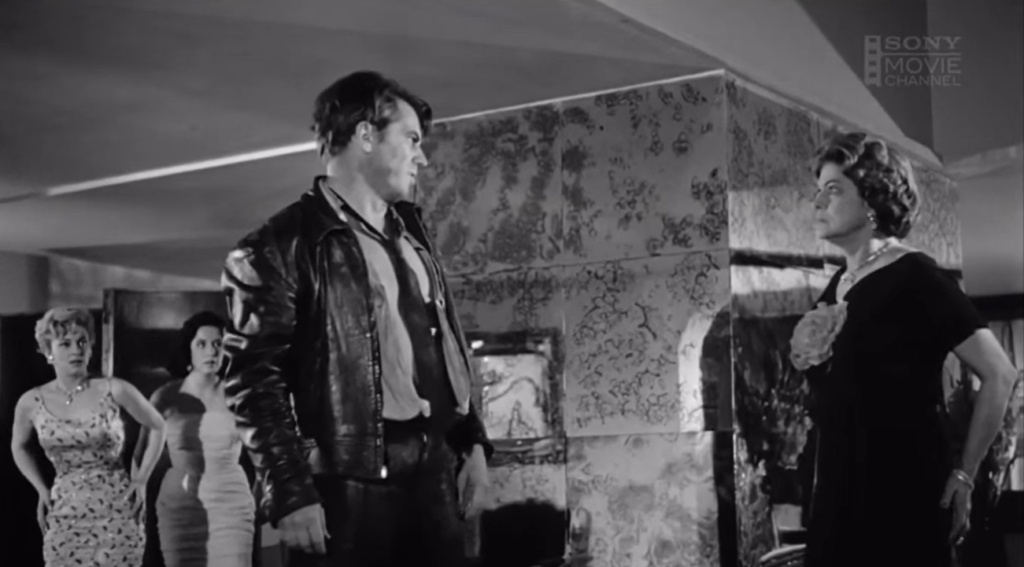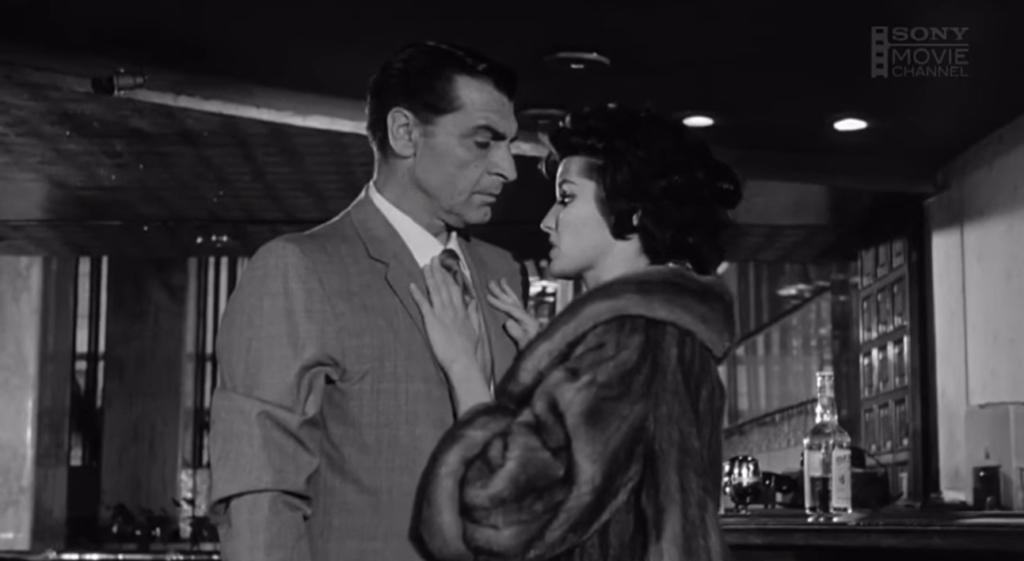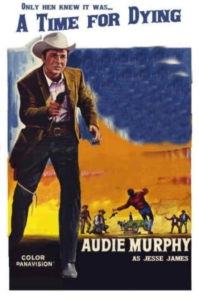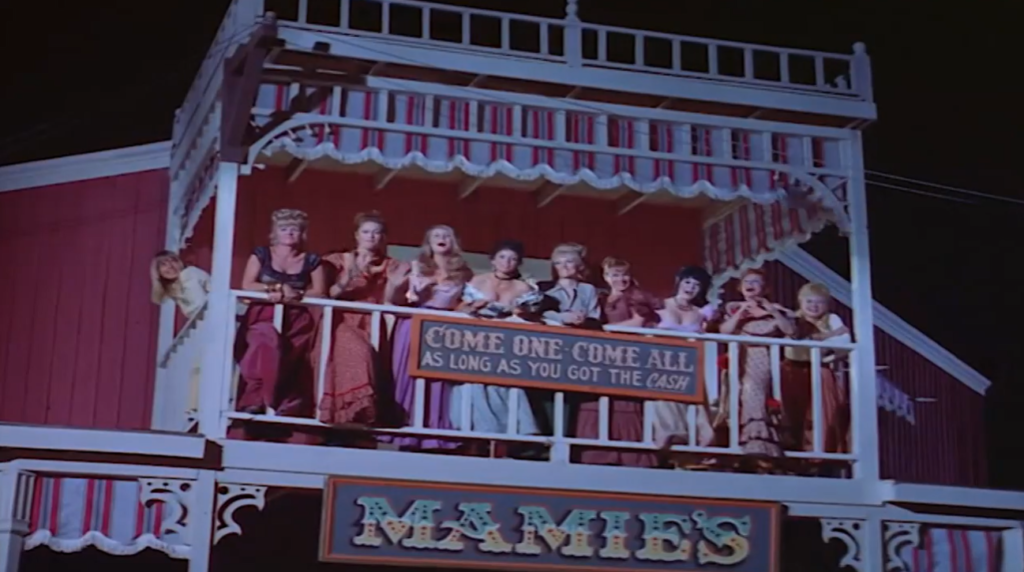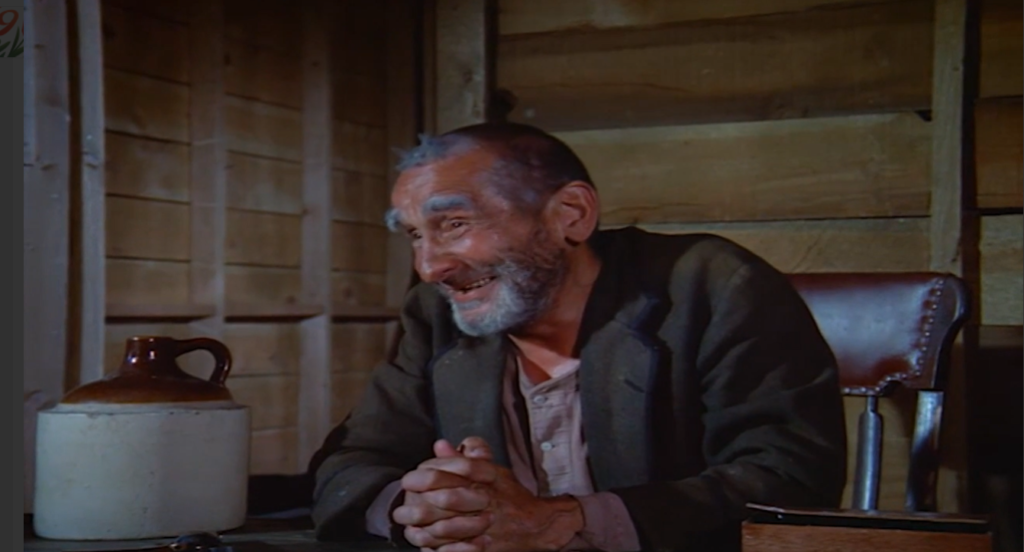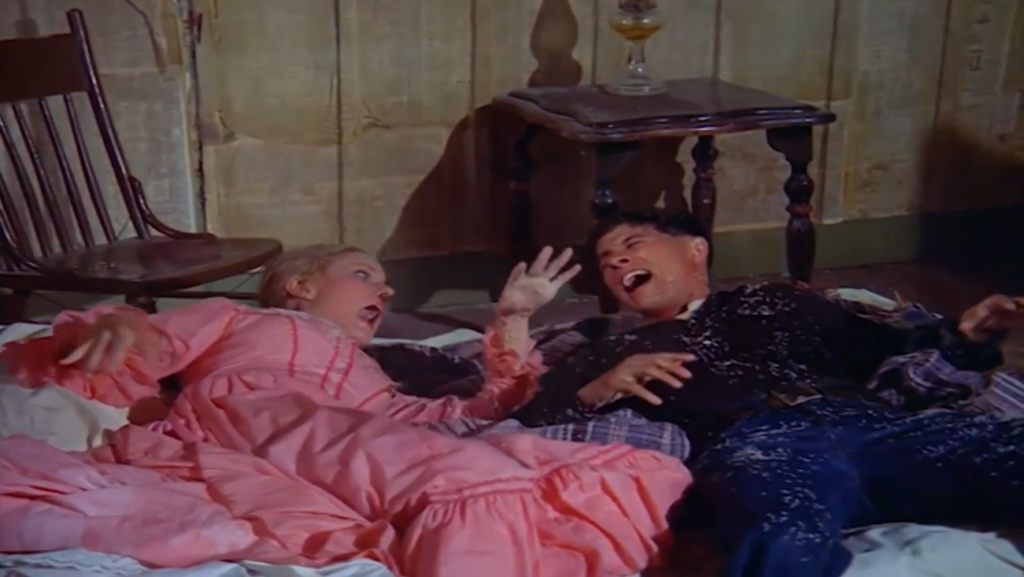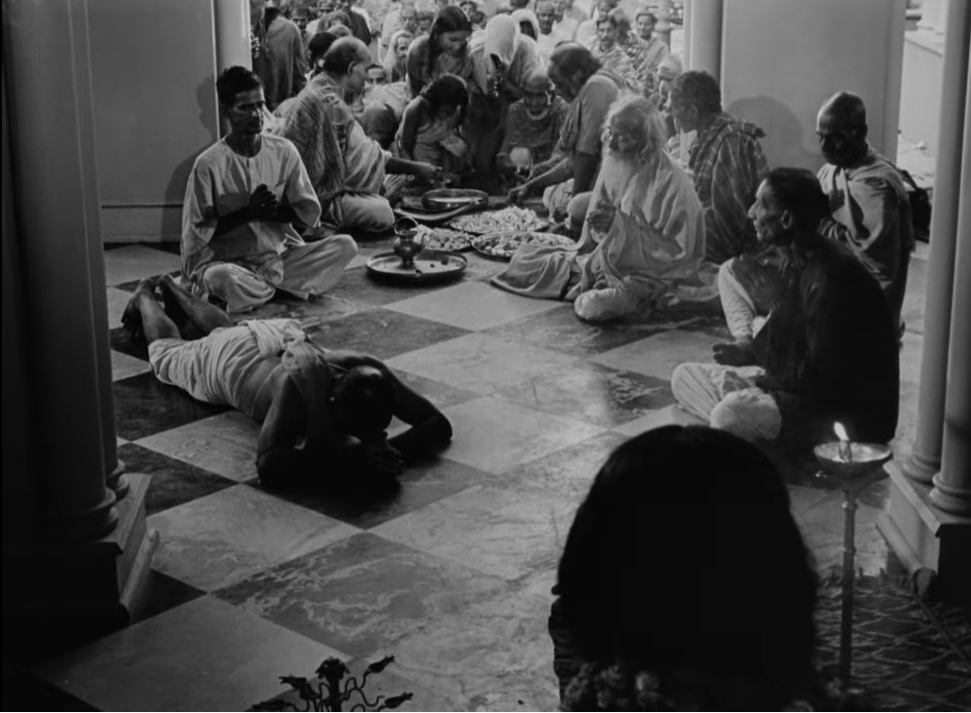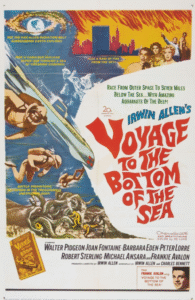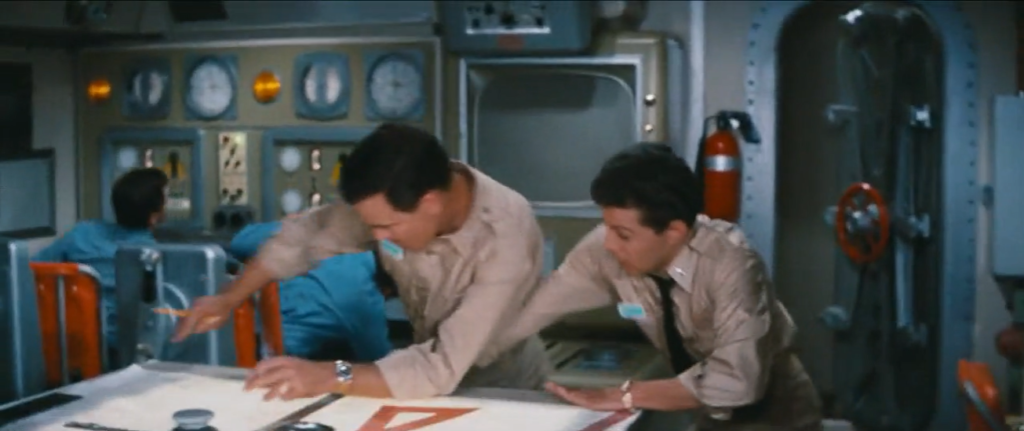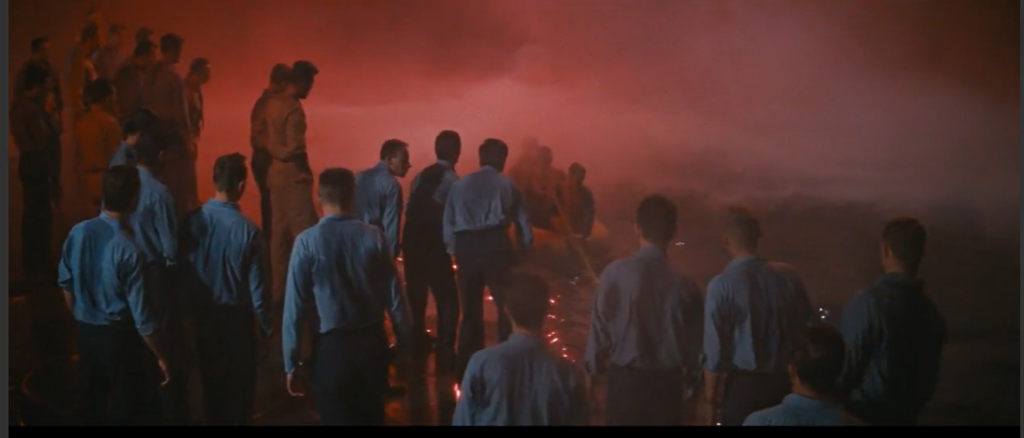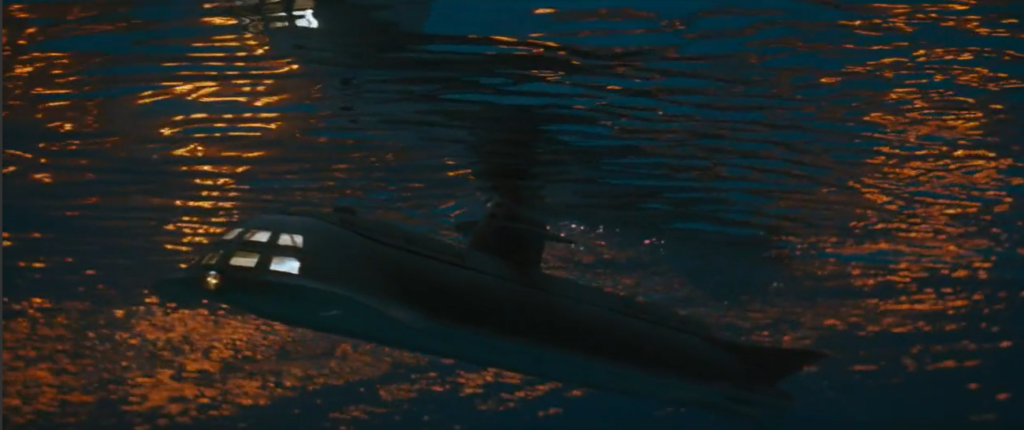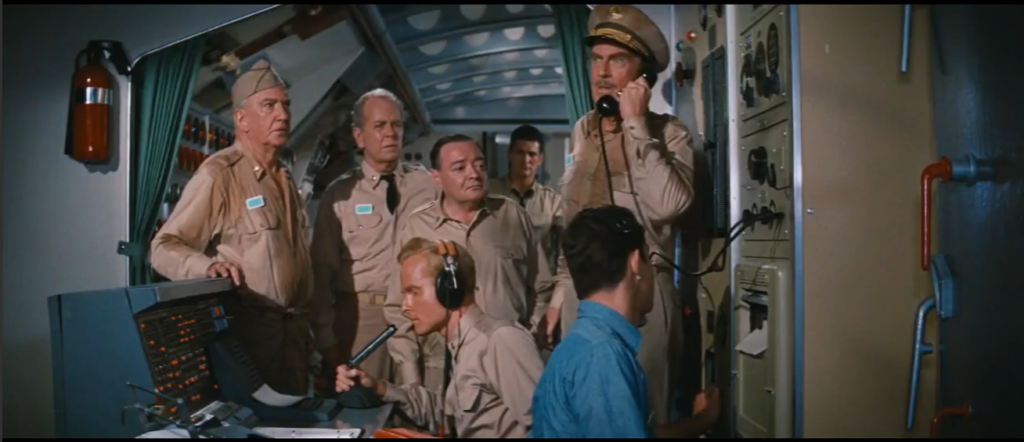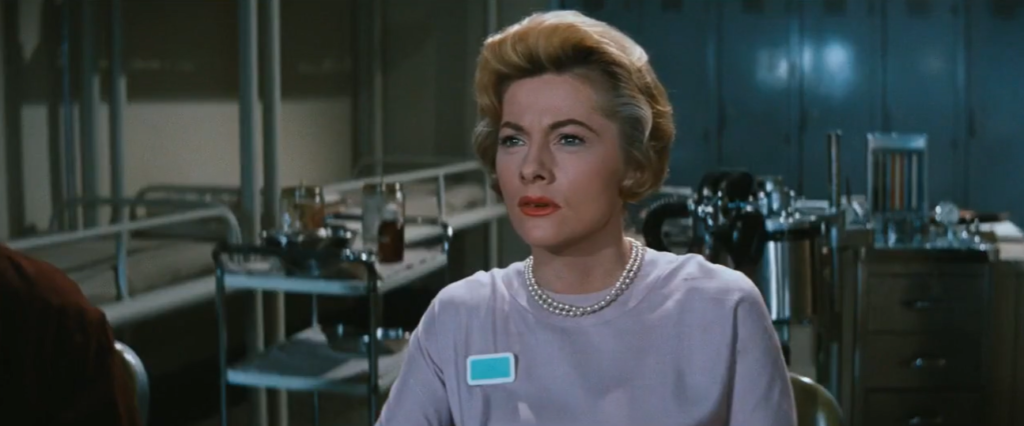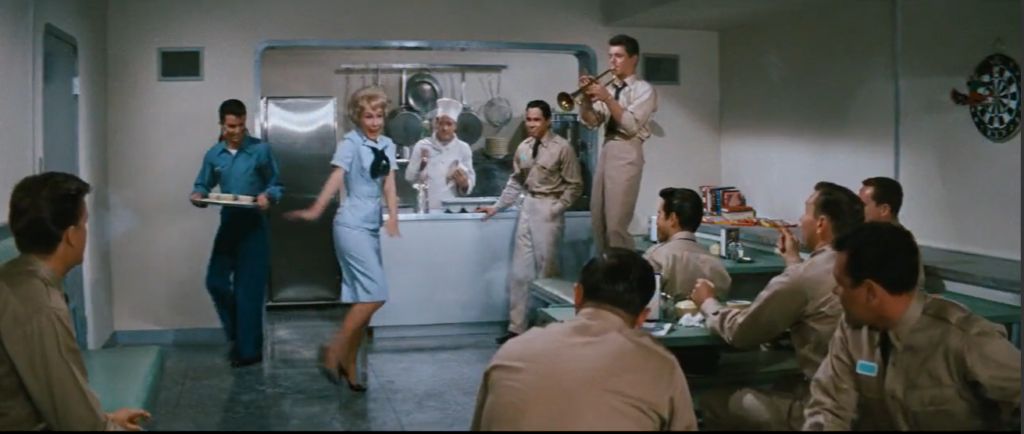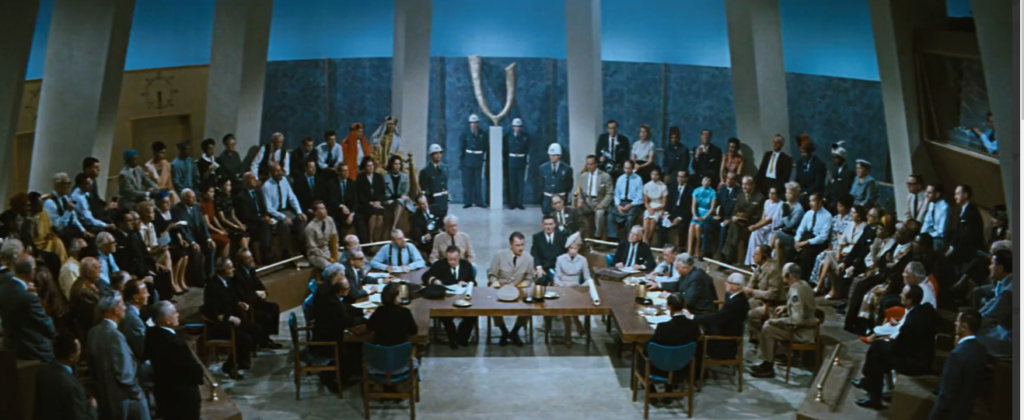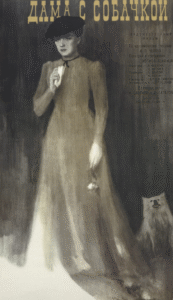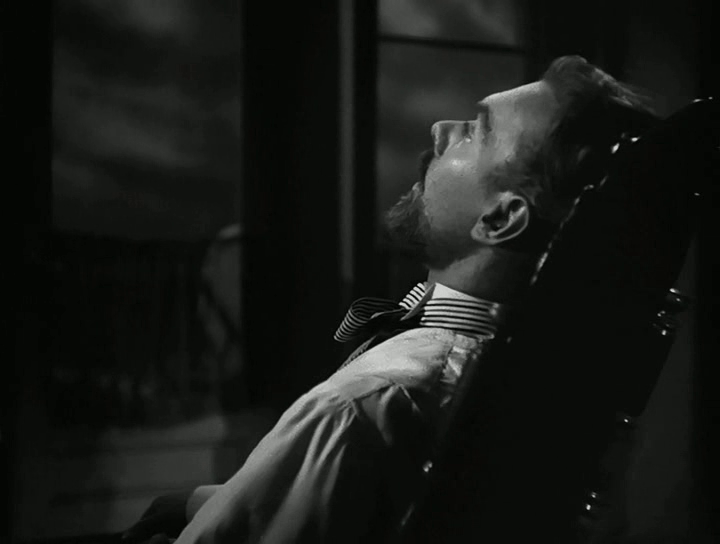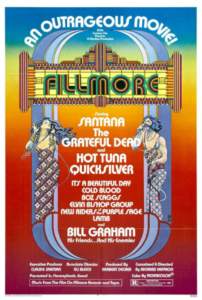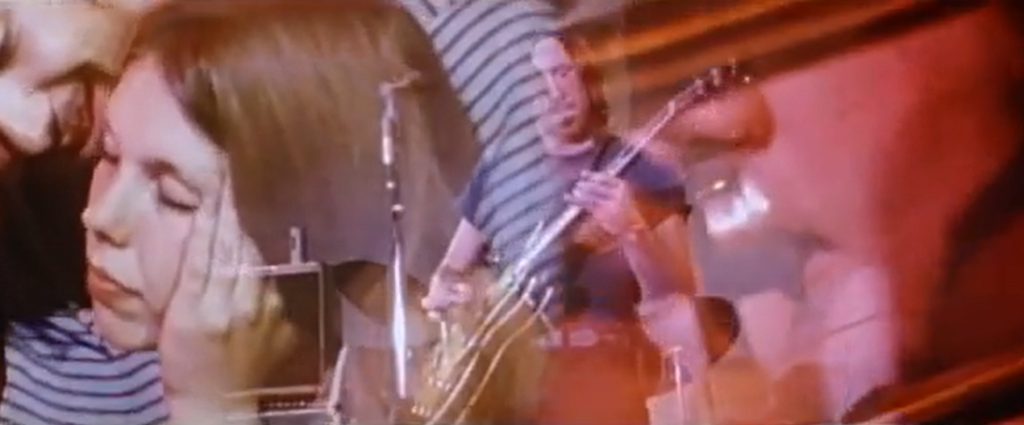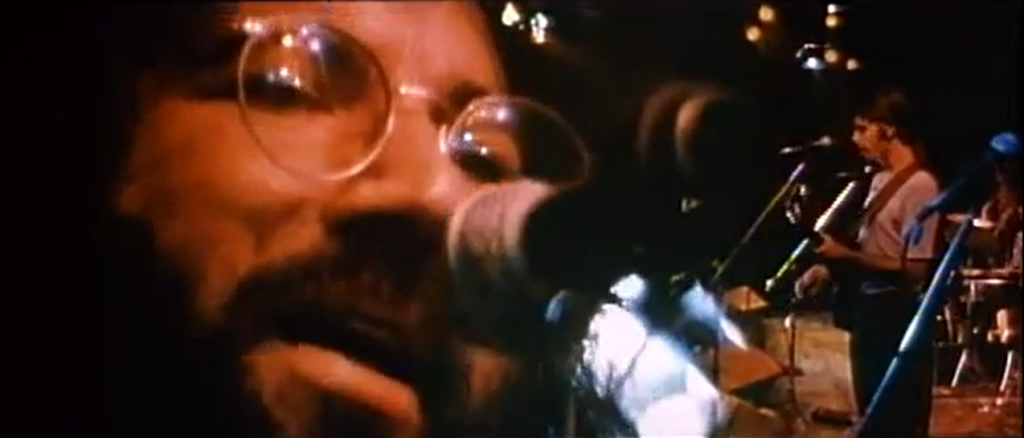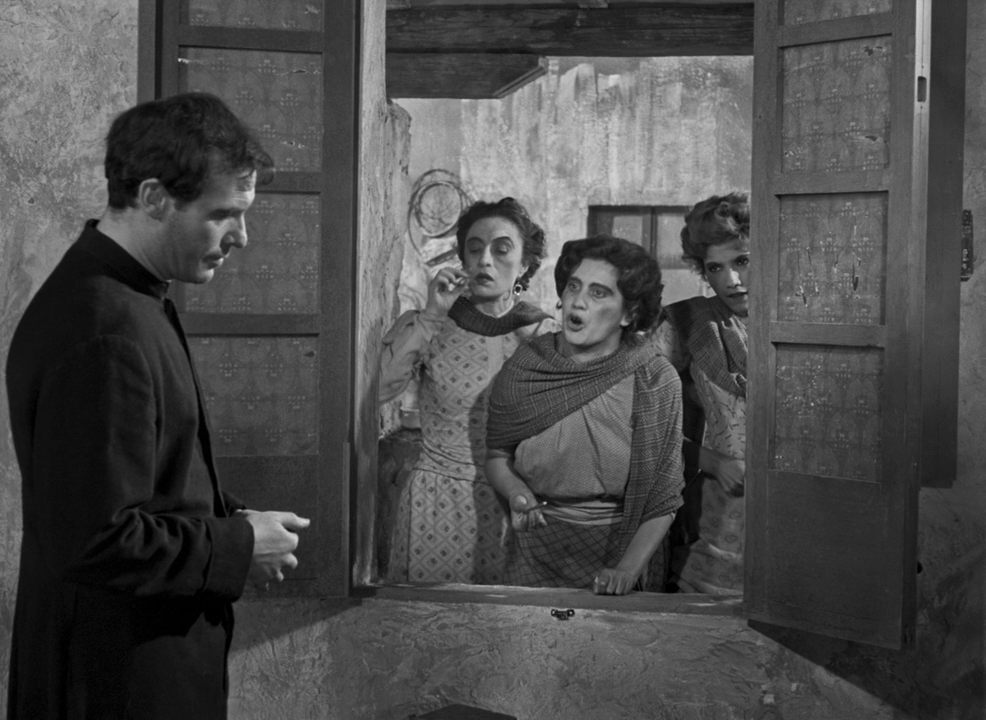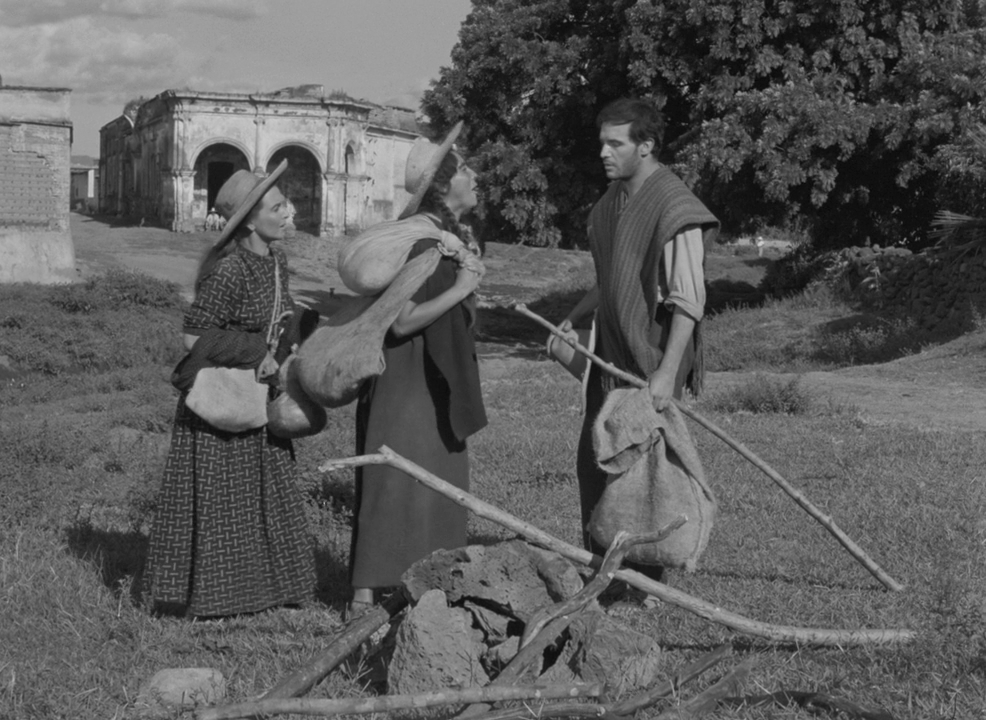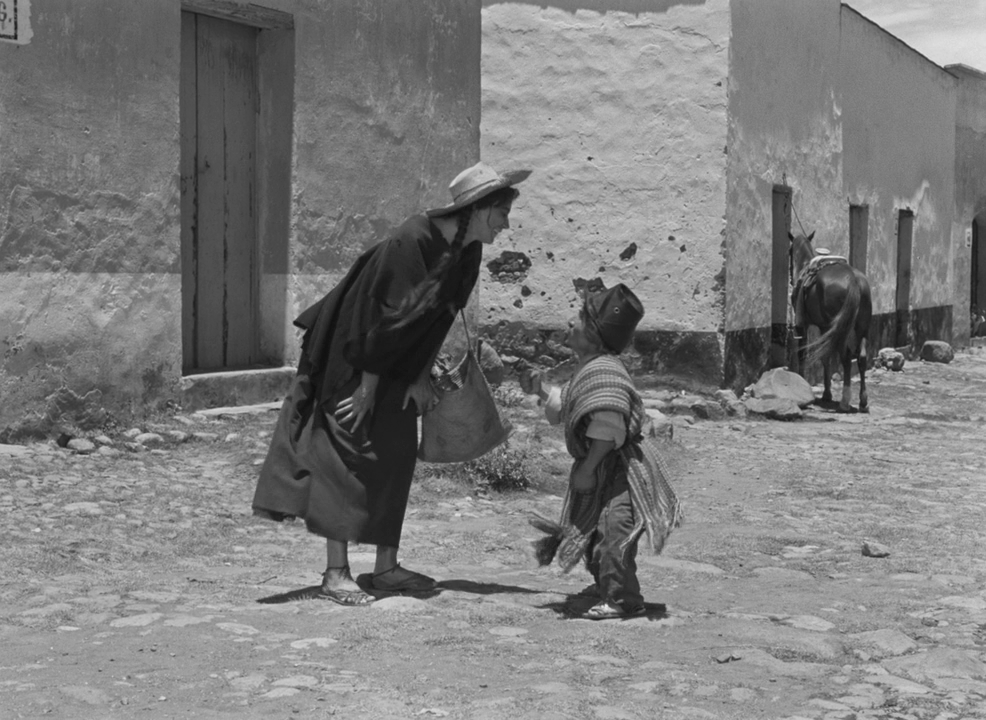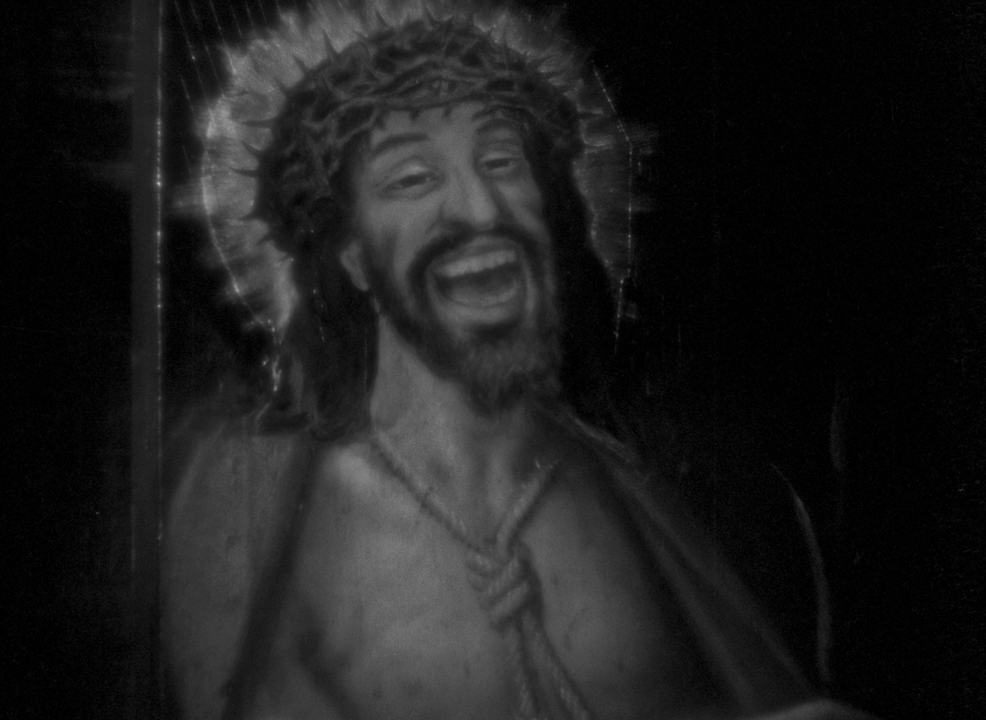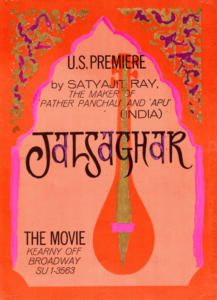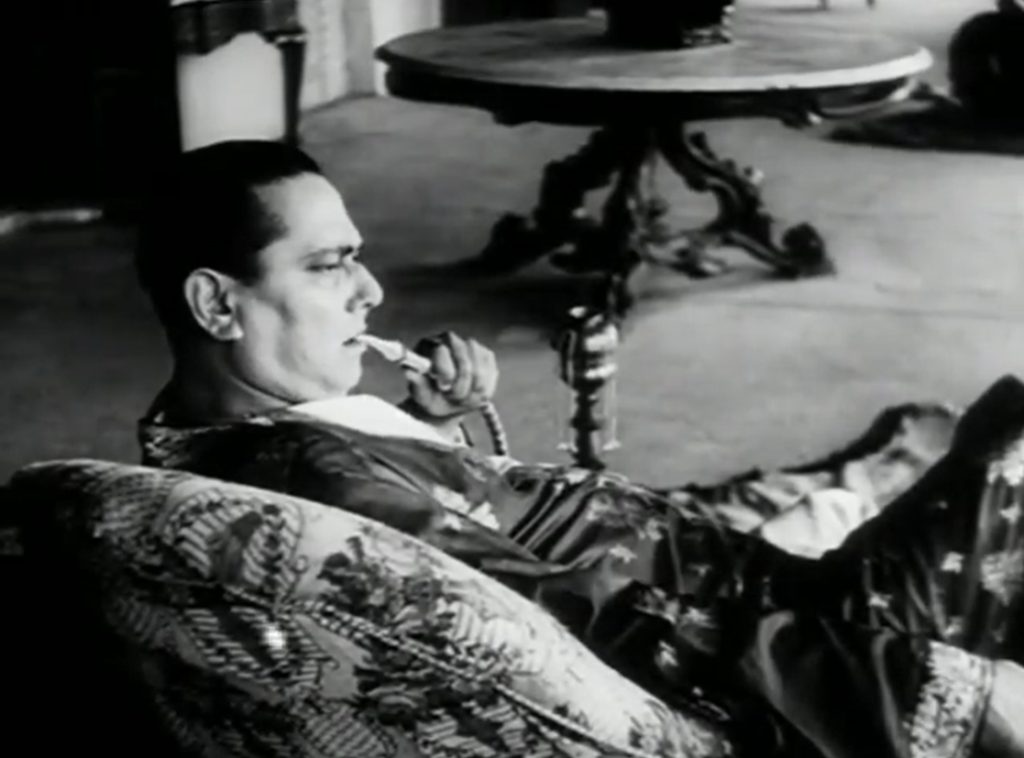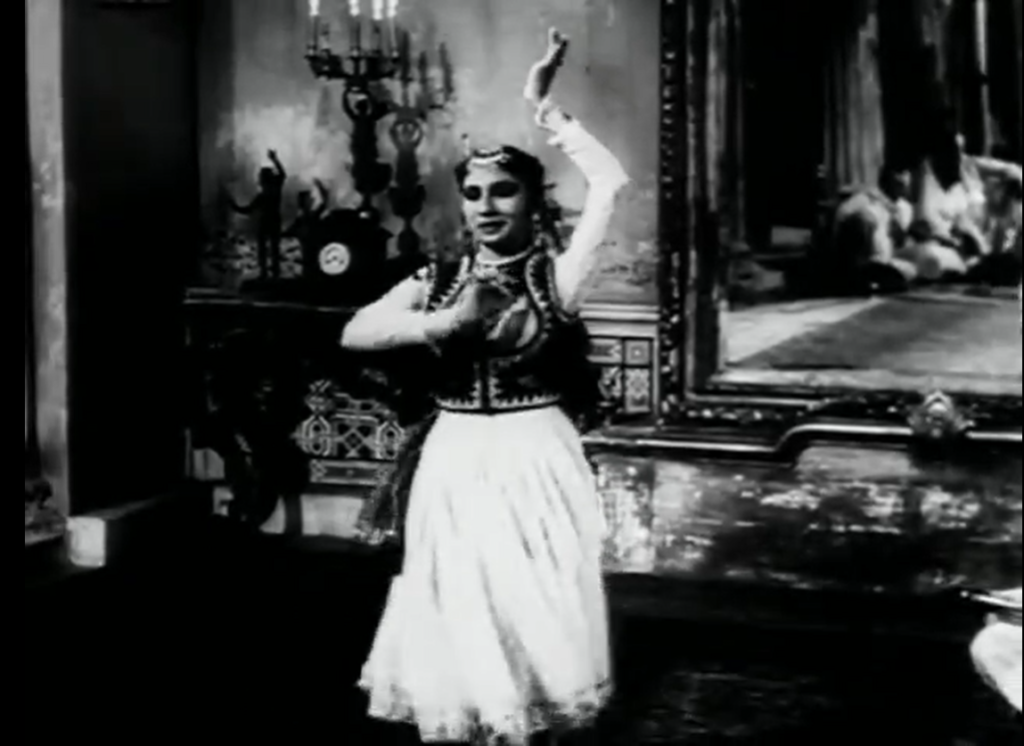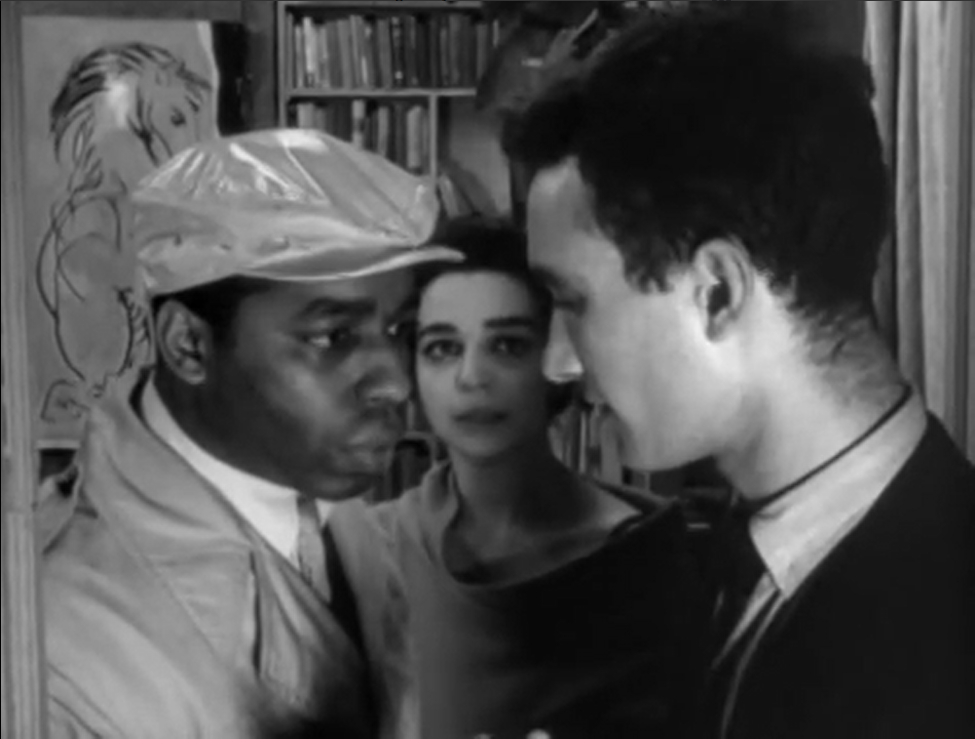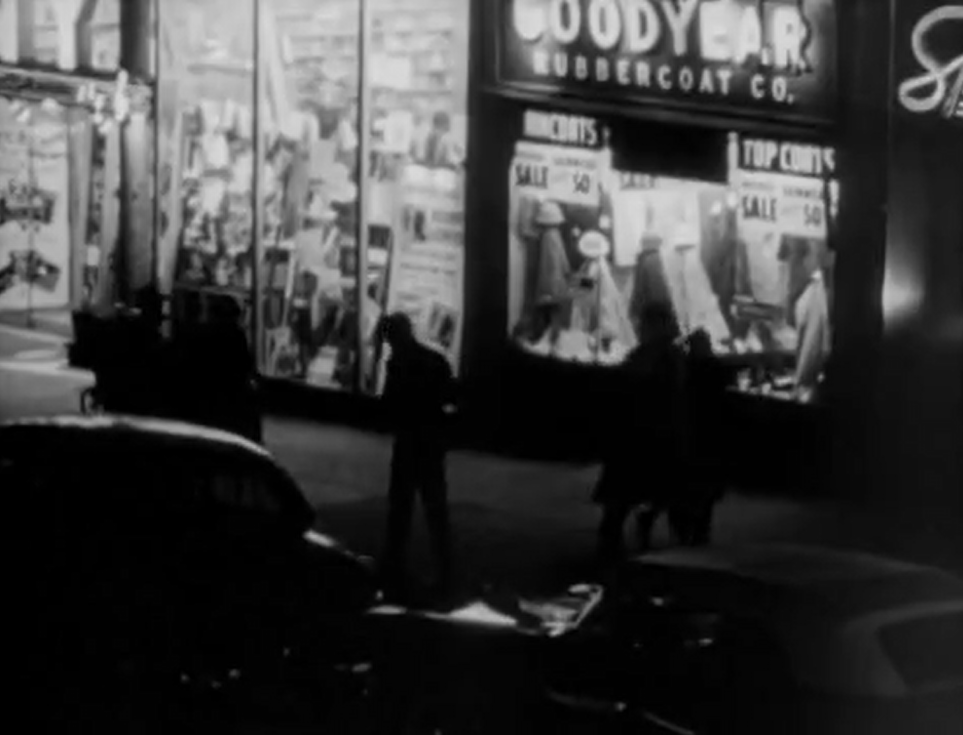|
Genres, Themes, Actors, and Directors:
- Claude Rains Films
- Fantasy
- Michael Rennie Films
- Richard Haydn Films
- Scientists
Review:
Oscar-winning special effects guru Willis O’Brien was listed as an “effects technician” for this adaptation of Sir Arthur Conan Doyle’s 1912 novel of the same name (first made in 1925 with O’Brien’s stop-motion animated creatures). Unfortunately, this later iteration (produced by Irwin Allen) is widely considered a dud, in no small part due to the creatures on display being actual live lizards decked up to portray dinosaurs:
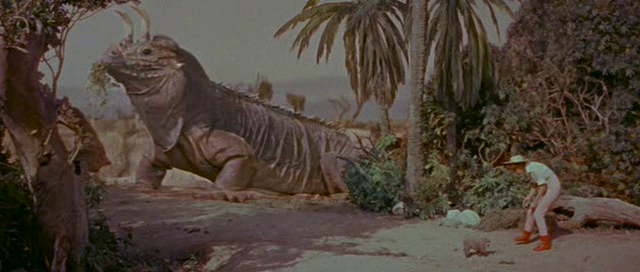
(According to Wikipedia, the lizards “employed” include “an iguana with glued on horns”; two monitor lizards with glued-on frills, plates, and/or sails; a “tokay gecko with glued-on horns and a sail”; and “a spectacled caiman and an alligator with glued-on horns, a small tail, and a small sail.”)
I don’t personally take offense with this tactic, given that the creatures are believable enough as random beasts existing in a modern-day hidden world (even if they don’t look like familiar dinosaurs) — but other effects, like a glowing superimposed tarantula, are pretty god-awful.

Most annoying, however, is the presence of St. John’s vapid heiress, who sneaks her way onto the trip with her tiny dog Frosty, and wears impossibly impractical clothing.
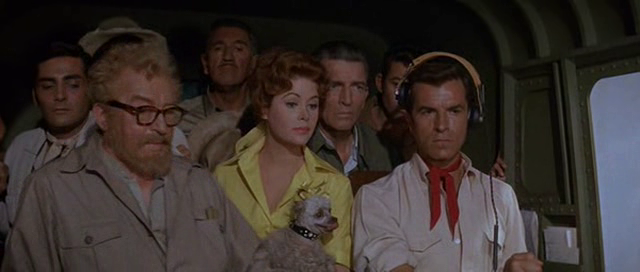
Meanwhile, as DVD Savant writes, the film’s portrayal of native peoples is flat-out offensive:
“One native girl in a sexy outfit (Vitina Marcus) is on hand to betray her people for the sake of the explorers that yell at her and drag her around. She ends up holding hands with Jill St. John’s cute younger brother. The natives, of course, are unga-bunga non-entities with only one remarkable quality: no matter how slowly the heroes run, the tribesmen never catch up.”
It should be noted that Claude Rains fans will be disappointed by his silly role here:
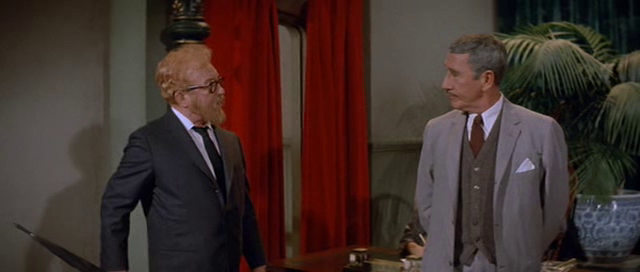
… and Haydn’s presence is equally useless. You can feel free to skip this one unless you’re curious.
Notable Performances, Qualities, and Moments:
- Winton Hoch’s colorful cinematography
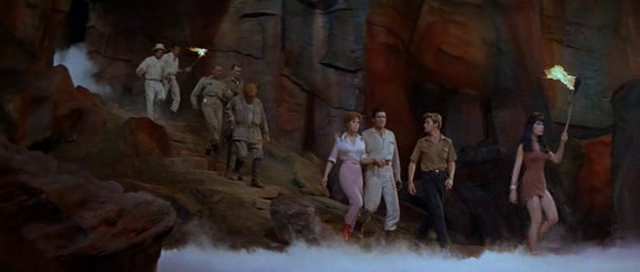
Must See?
No; this isn’t must-see.
Links:
|

